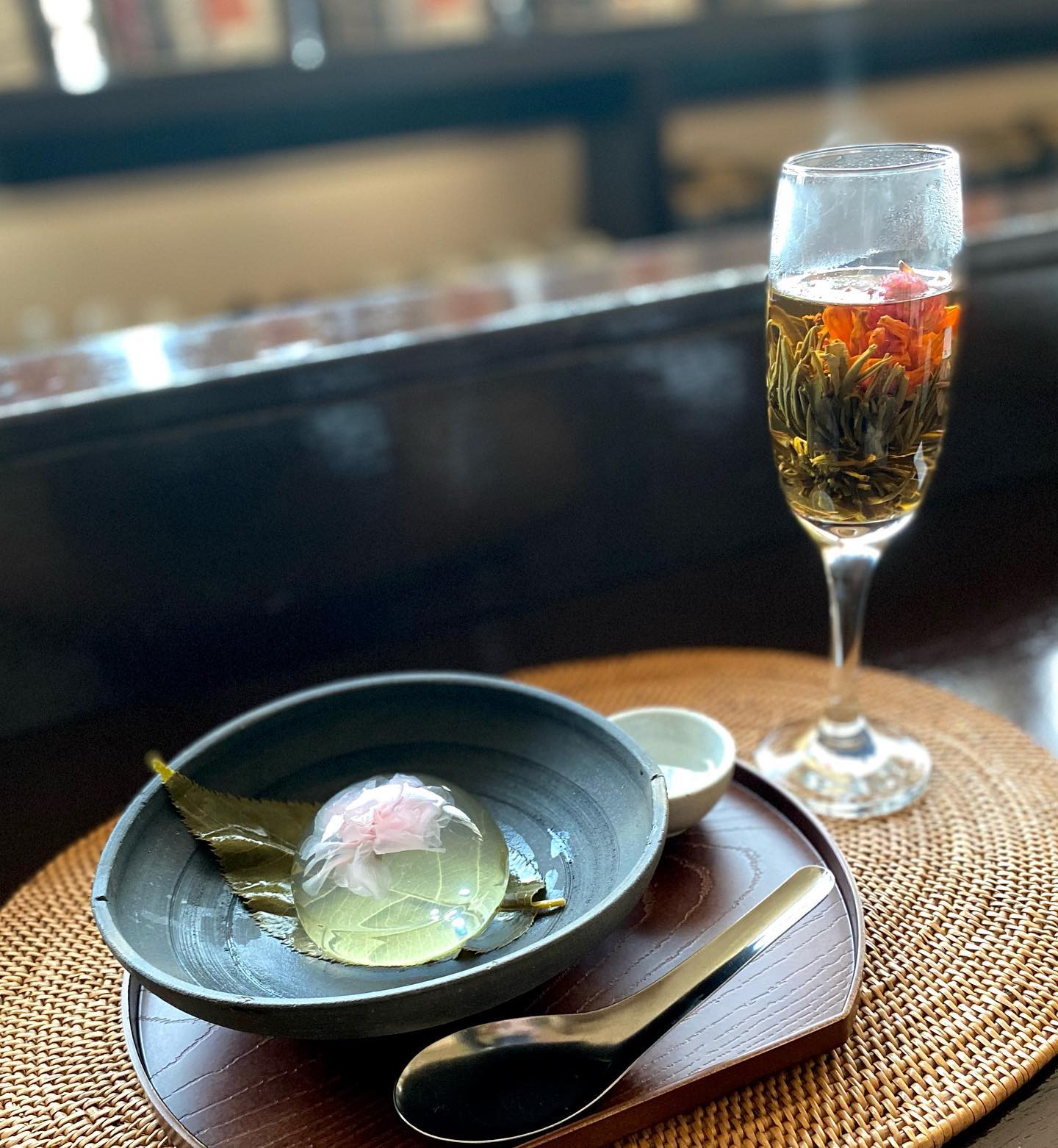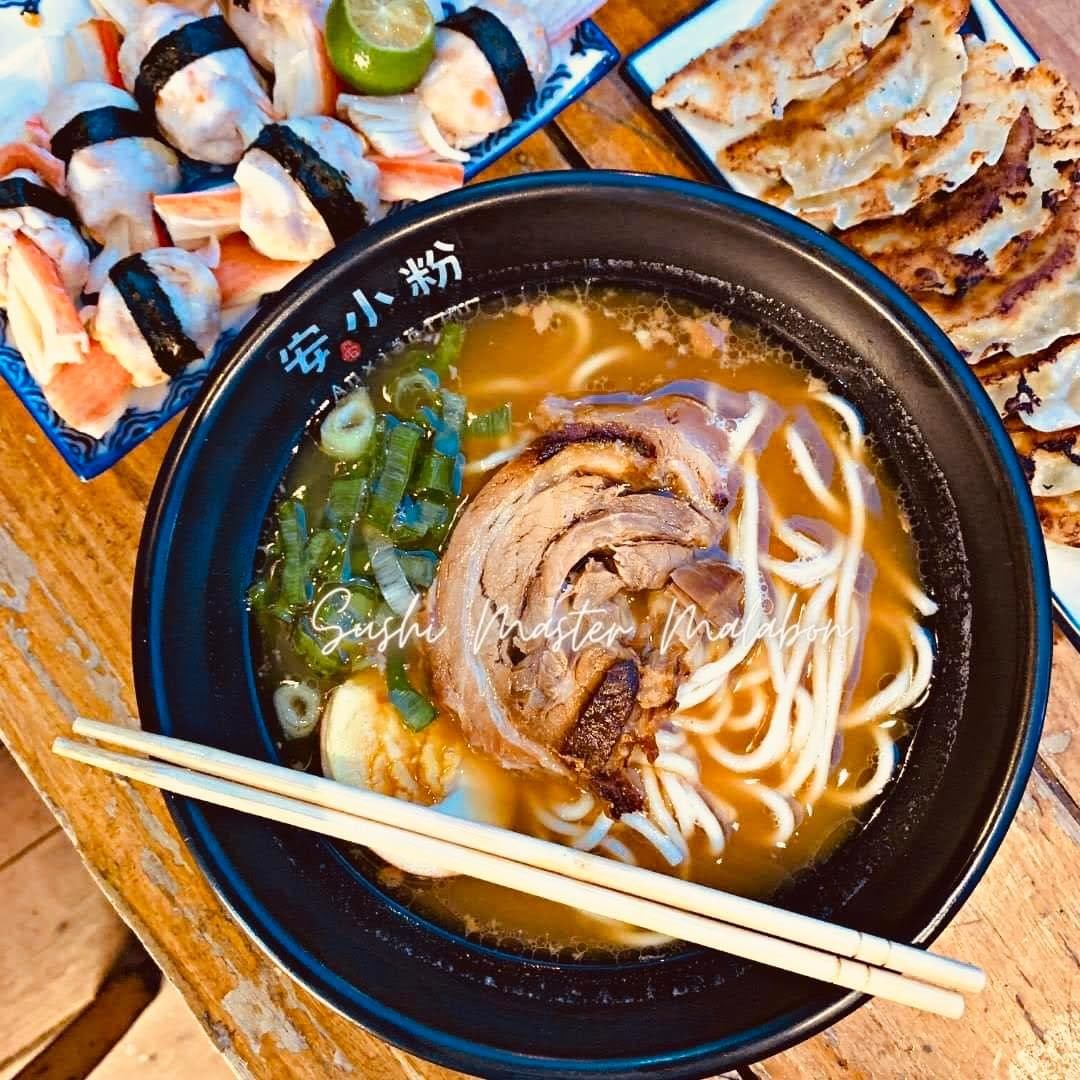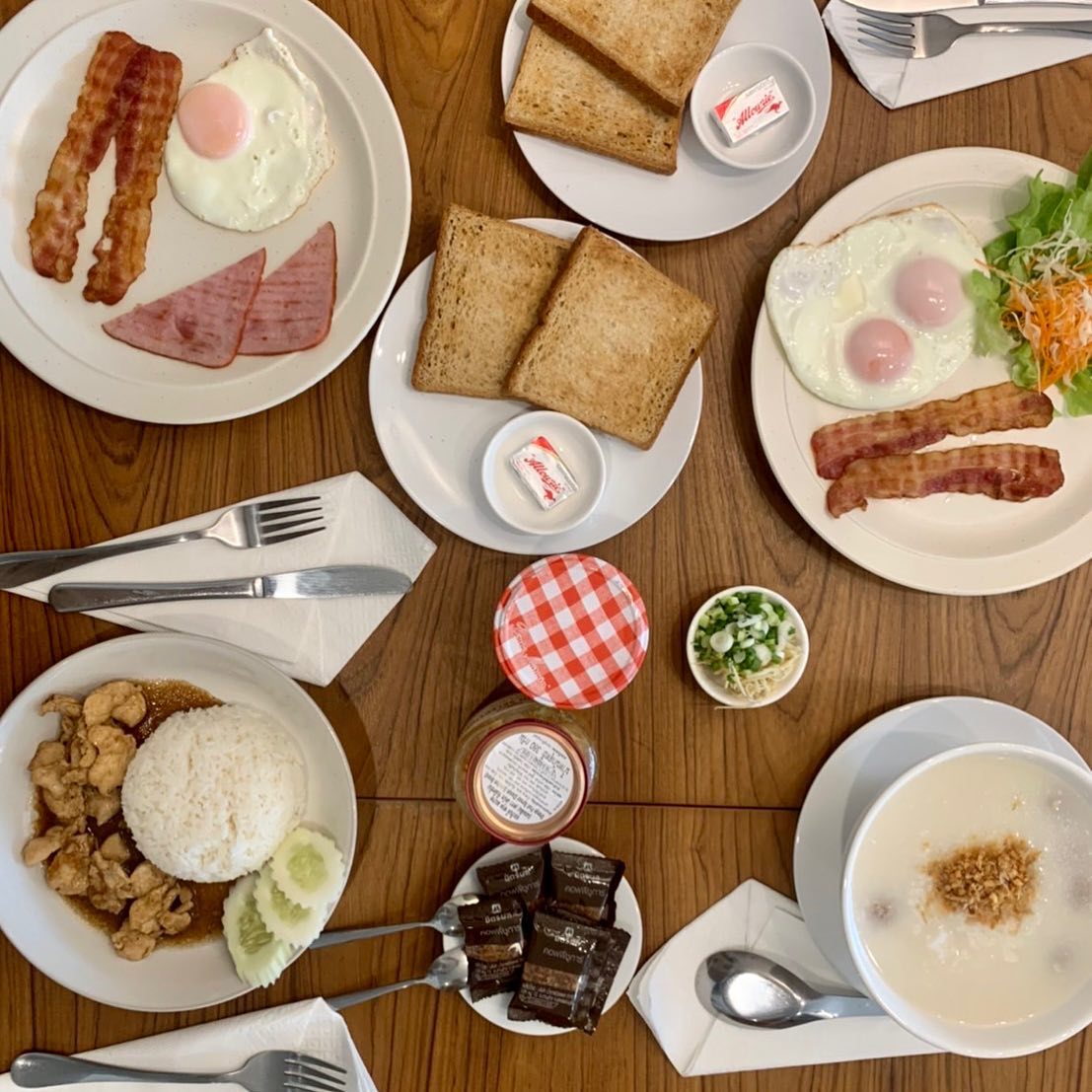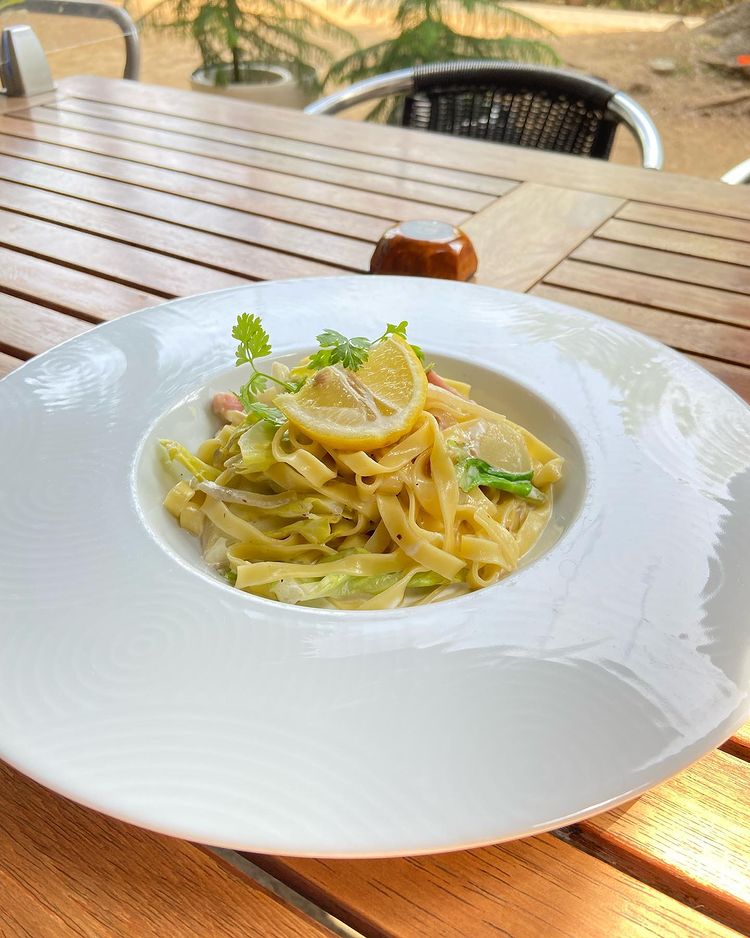Coffee is one of the most beloved beverages worldwide, and its flavor can vary significantly depending on how it’s roasted. Whether you’re just starting to explore coffee or want to deepen your understanding of its complexities, the roast level is a crucial element in shaping the taste and aroma of your cup. In this guide, we’ll walk you through the different types of coffee roasts and how they affect your coffee experience.
What Is Coffee Roasting?
Before diving into the different roast levels, let’s start with a basic understanding of the roasting process. Coffee beans are actually seeds found inside the fruit of the coffee plant. These seeds are green when harvested, and roasting them is what transforms them into the aromatic, flavorful beans we use to brew our coffee.
Roasting coffee involves heating the green beans to high temperatures, causing chemical reactions that unlock their natural sugars, oils, and flavors. The longer the beans are roasted, the darker and more intense the flavor becomes. The roast level plays a significant role in determining the coffee’s taste profile, acidity, bitterness, and body.
The Different Coffee Roasts
Coffee roasts are generally categorized into light, medium, and dark roasts, with each level offering distinct characteristics. Let’s break down each one to help you understand how they affect flavor:
Light Roast
Light roast coffee beans are roasted for the shortest time, preserving the bean’s natural flavors. This roast is often referred to as “Cinnamon” or “New England” roast due to its light color and bright taste.
- Flavor Profile: Light roasts typically have fruity, floral, and acidic flavors. They tend to retain the unique characteristics of the coffee’s origin, which means you can taste more of the region’s distinct notes—like citrus, berries, or even tea-like qualities.
- Appearance: The beans are light brown, with no oil visible on the surface. They have a dry, matte finish.
- Caffeine Content: Contrary to popular belief, light roasts actually contain slightly more caffeine than darker roasts, as the longer roasting process causes some caffeine to break down.
Ideal For: Light roast coffee is perfect for those who enjoy a more complex, bright cup with nuanced flavors. It’s often favored by coffee enthusiasts who appreciate the taste of high-quality single-origin beans.
Medium Roast
Medium roast coffee strikes a balance between the bright flavors of a light roast and the deeper, more robust flavors of a dark roast. This is the most popular roast level in the U.S. and is commonly used for traditional drip coffee and espresso.
- Flavor Profile: Medium roasts are known for their well-rounded flavor. They typically have a balanced mix of sweetness, acidity, and a slight bitterness. You may taste hints of caramel, chocolate, or nuts, depending on the origin of the beans.
- Appearance: Medium roast beans are medium brown in color, with a slightly oily surface.
- Caffeine Content: The caffeine content is slightly lower than that of a light roast but still quite potent.
Ideal For: Medium roasts are great for those who want a balanced coffee that offers a good mix of flavor without being too light or too dark. It’s also versatile for various brewing methods like pour-over, drip coffee, and espresso.
Dark Roast
Dark roast coffee beans are roasted the longest, resulting in a rich, bold flavor. These beans are often described as “French roast,” “Espresso roast,” or “Italian roast.”
- Flavor Profile: Dark roasts have a smoky, bitter flavor with less acidity than lighter roasts. The longer roasting process diminishes the beans’ original flavors, and you may notice chocolatey, roasted, or even charred notes. The coffee tastes bolder and more intense, with a full-bodied mouthfeel.
- Appearance: The beans are dark brown to almost black, with an oily, shiny surface due to the oils that are released during the roasting process.
- Caffeine Content: Dark roasts have the least caffeine compared to light and medium roasts, as the longer roasting time breaks down some of the caffeine molecules.
Ideal For: Dark roast coffee is perfect for those who enjoy a rich, bold cup with a smoky or bittersweet flavor. It’s commonly used for espresso, French press, and stovetop brewing methods. If you like your coffee strong and intense, this is the roast for you.
Read More: Coffee Myths Debunked
Roast Levels Beyond Light, Medium, and Dark
While light, medium, and dark roasts are the standard categories, there are more specific roast levels that can offer unique flavor profiles. These include:
Light Medium Roast (also known as City Roast)
This roast is slightly darker than a light roast but still retains the fruity and acidic flavors characteristic of lighter roasts. It’s often used in specialty coffee.
Full City Roast
This roast is a step darker than a medium roast but still retains some of the origin flavors. It offers a slightly richer body and a balance of acidity and bitterness, making it a popular choice for espresso blends.
French Roast
One of the darkest roasts, French roast coffee beans are almost black with an oily surface. These beans are deeply roasted to bring out smoky, burnt flavors, with little to no acidity.
How to Choose the Right Roast for You
When choosing a coffee roast, it’s essential to consider your personal taste preferences, brewing method, and desired flavor profile. Here are a few tips for selecting the perfect roast:
- If you enjoy fruity and floral flavors: Go for a light roast. This roast preserves the unique characteristics of the beans and highlights their natural acidity.
- If you like a balanced, medium-bodied coffee: A medium roast might be your best bet. It offers a good balance of acidity, sweetness, and bitterness.
- If you prefer bold and smoky flavors: Dark roasts are ideal for those who enjoy deep, full-bodied coffee with minimal acidity.
Additionally, experimenting with different roasting levels can help you find what suits your taste buds best. Don’t be afraid to try various roasts to expand your coffee palate!
Checkout: Why Coffee Lovers Swear by Local Coffee Shops
Conclusion
Understanding coffee roasts is key to unlocking the full potential of your coffee experience. From the bright, complex flavors of a light roast to the deep, bold richness of a dark roast, each roast level offers something unique. As a beginner, don’t feel pressured to stick to one roast level—experimenting with different beans and roasts will help you discover the flavors and aromas that suit you best.
Whether you’re brewing a single-origin pour-over or making a strong espresso, choosing the right roast will elevate your coffee game. So, next time you shop for coffee beans, keep this guide in mind and start exploring the diverse world of coffee roasts!
Frequently Ask Questions (FAQ’s)
Light roasts are bright and fruity, medium roasts are balanced and sweet, while dark roasts are bold and smoky with low acidity.
No, light roasts have slightly more caffeine than dark roasts, as prolonged roasting breaks down some of the caffeine content.
A full city roast is slightly darker than medium, offering a balance of sweetness and bitterness with a rich, well-rounded flavor.
Dark roasts are commonly used for espresso due to their bold flavor, but medium roasts are also great for espresso blends.
Choose a light roast for fruity flavors, a medium roast for balance, or a dark roast for bold, smoky flavors. It depends on your taste preference!
Checkout: Top 5 Coffee Shops in Rhyl





